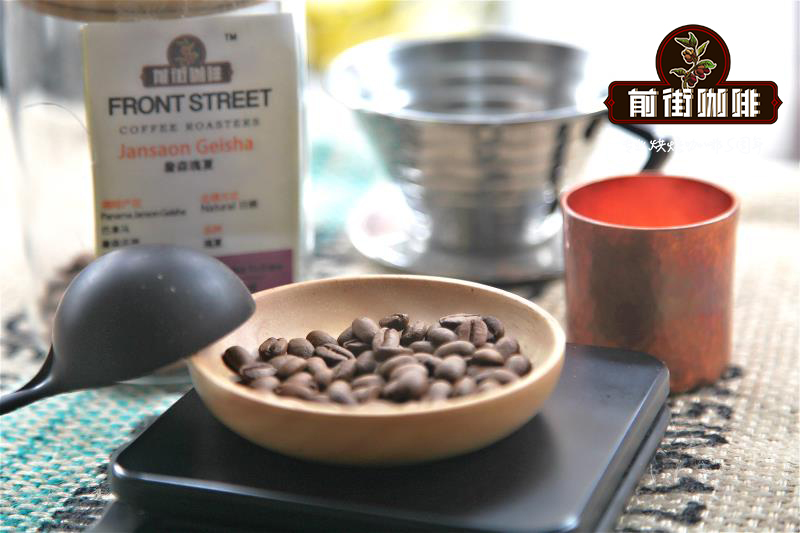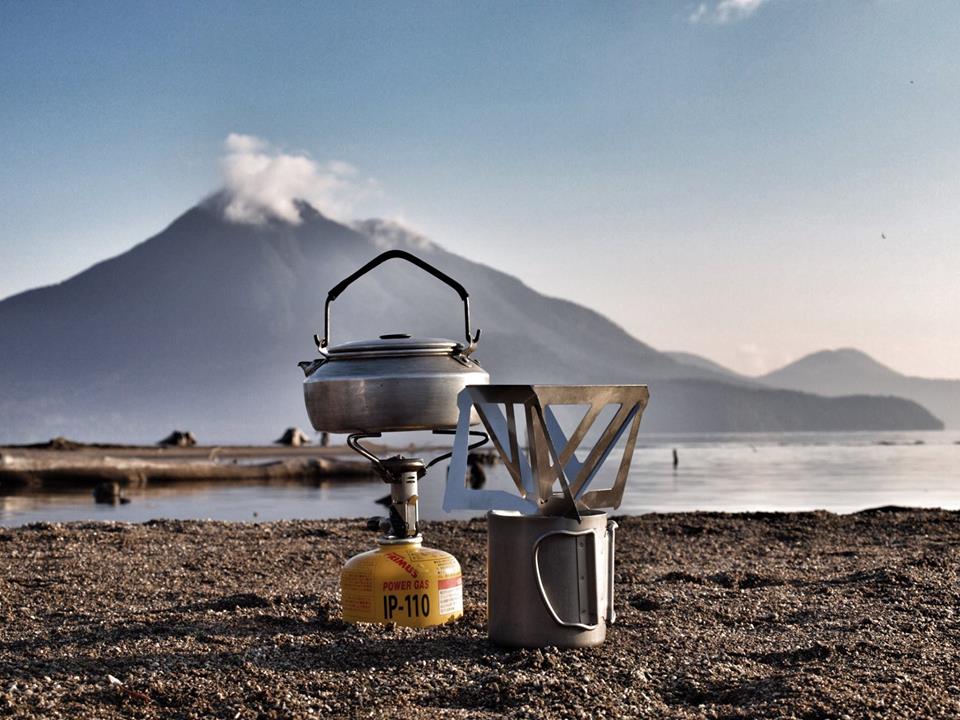Yemeni Coffee rise and fall History of Yemeni Coffee Historical Development of Yemeni Coffee quality and Taste of Yemeni Moka

Professional coffee knowledge exchange more coffee bean information please follow the coffee workshop (Wechat official account cafe_style)
Although the wave of fine goods is the revival of "technology replacing machinery", the market is still inseparable from what dominates supply and demand. Downstream operators will use different punching methods to express different coffee styles, and upstream farmers will also develop characteristic treatments in response to market trends. But it turns out that there is a country in the world that has been producing Yemeni coffee in the most primitive way since the sixth century. It is Yemen.
Yemen is located in West Asia, only one step away from the African continent. Without the promotion of Islamic priests in the Arabian Peninsula, coffee might still be a wild plant in Ethiopia. Legend has it that coffee was introduced when it was ruled by Ethiopia in the sixth century and was named Qahwa, which means red wine in Arabic. The post-Ottoman Empire invaded in 1536 and controlled the coffee trade. In order to protect export earnings, the authorities strictly prohibit the export of raw beans, and the seeds must be boiled in boiling water before leaving the country.
Yemeni Coffee: one of the driest countries in the World
Yemen is one of the driest countries in the world. Economically, the country currently relies on oil exports for three-quarters of its income, but the World Bank predicts that the country's stocks will be used up around 2017. In a country that used to be self-sufficient in farming, 80% of its crops now have to be imported. The reasons include population expansion and water shortages caused by local misuse of Qat, a crop as old as coffee.
Chart grass is a social drug commonly used by residents of the Arabian Peninsula. Yemenis like to open rooms for banquets at home, chewing chatgrass and gossiping with friends. It contains the stimulant Cathinone, which is as refreshing as a light amphetamine. However, when the power of the drug weakens, the person who takes it will feel depressed. Although the World Health Organization (WHO) does not list it as a drug, it has been banned in many Western countries.
On the other hand, Yemen has been plagued by drought since ancient times. Its major cities rely on underground water, of which agriculture takes up 90% of the water, while growing Qat alone has already spent a lot of water, and authorities expect the underground water in the capital, Sana'a, to run out in 2017. Most of Yemen's cities are built on high mountains, and residents rely on well water from the government or the private sector for a living. The country has as many as 40, 000 to 70, 000 wells, some as deep as 600 meters underground. In addition, pumping water up the hill is expensive, with the government spending as much as $7 billion a year on drilling and pumping water. Therefore, in recent years, the local government has decided to ban chartgrass, which is a waste of water and cannot satisfy hunger, and replace it with other crops. Coinciding with the rise of the boutique coffee boom, the Yemeni government is now trying to encourage farmers to switch to coffee, which consumes half as much water as Chategrass.
Yemeni coffee: produced in the most primitive way
Real Yemeni coffee is not common. After the fruit is ripe on the trees, the farmers harvest it by hand and dry it on the roof of the stone house built by the mountain. The process of shelling meat depends entirely on crude stone grinding equipment. Due to inconvenient transportation, coffee will generally change hands several times, mixed with uneven size, new and old beans. In addition, there are many defects and improper handling. If measured by modern cup standards, Yemeni coffee is difficult to reach the grade of boutique. But high-quality Yemeni coffee has a unique flavor: complex Middle Eastern spices, bacon, ripe fruit, wine, cocoa, mellow taste and sweet taste. Like durian and stinky tofu, people who like and hate go to extremes.
Yemeni coffee: high-quality Yemeni coffee has a unique taste
In terms of producing areas, Mattari to the west of the capital is dominated by heavy taste and cocoa. Harazi has higher acidity and thinner taste. Others are Dhamari (also known as Anisi), Ibb and Sana'a named after the capital. But Sana'an is not a producing area, but a middleman who mixes fruits collected by neighboring villages for export, just like Yemeni coffee in the past, using the port name Mocha.
Important Notice :
前街咖啡 FrontStreet Coffee has moved to new addredd:
FrontStreet Coffee Address: 315,Donghua East Road,GuangZhou
Tel:020 38364473
- Prev

"wild coffee" is popular in Japan! How to make coffee by hand in the wild? Recommendation of outdoor coffee tools
Professional coffee knowledge exchange more coffee bean information please follow the coffee workshop (Wechat official account cafe_style) in recent years, Japan's mountain system circle blew a craze for wild coffee to bring coffee utensils to hand-brew coffee in mountain camps. What are the preparations for making coffee, time, place and tools in the wild in order to have the most fun? Japanese wild coffee enthusiast and outdoor coffee tool
- Next

Where was Arabica coffee first discovered? what are the native species of Arabica coffee trees?
Professional coffee knowledge exchange more information about coffee beans Please follow the coffee workshop (Wechat official account cafe_style) Arabica coffee originated in Africa the world's first coffee tree was found in the Horn of Africa. Local indigenous tribes often grind the fruit of coffee and knead it with animal fat to make many ball-shaped balls. Of these indigenous tribes.
Related
- How did the Salvadoran coffee industry develop in Central America?
- What exactly does the golden cup extraction of coffee mean?
- The Origin of Coffee flower
- [2023 Starbucks World Earth Day] there are more meaningful things besides free Starbucks coffee!
- What kind of coffee is there in Spain? 9 Flavors of Spanish Coffee
- Aromatic African coffee| Kenya's coffee culture and historical production area
- Liberica Coffee Bean knowledge: the characteristics of Liberian Coffee beans of the three original species of Coffee beans
- The origin and formula of Spanish latte introduces the taste characteristics of Bombon coffee in Valencia, Spain.
- How to adjust the solution of over-extracted coffee
- What is the tasting period of coffee beans? What is the period of coffee and beans? How should coffee wake up and raise beans?

